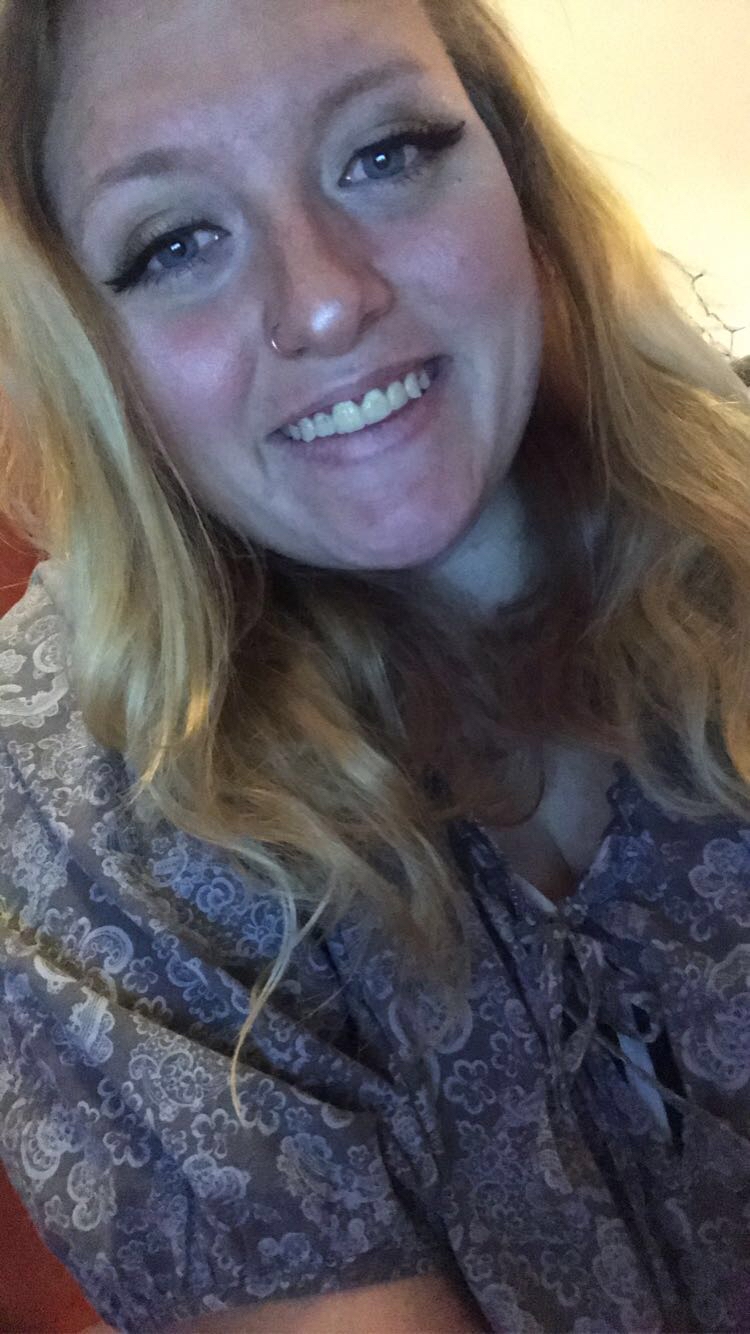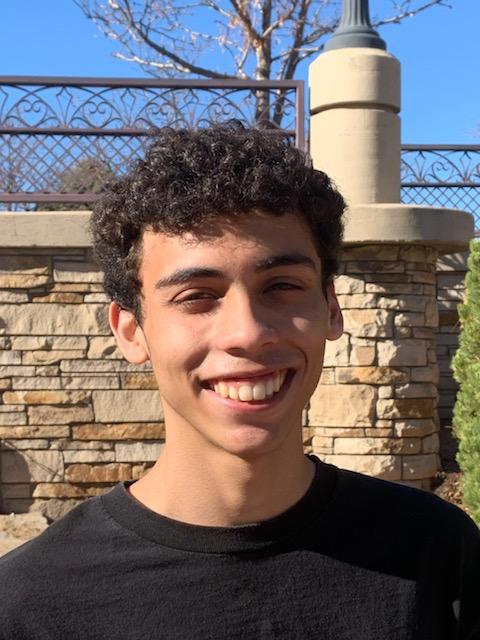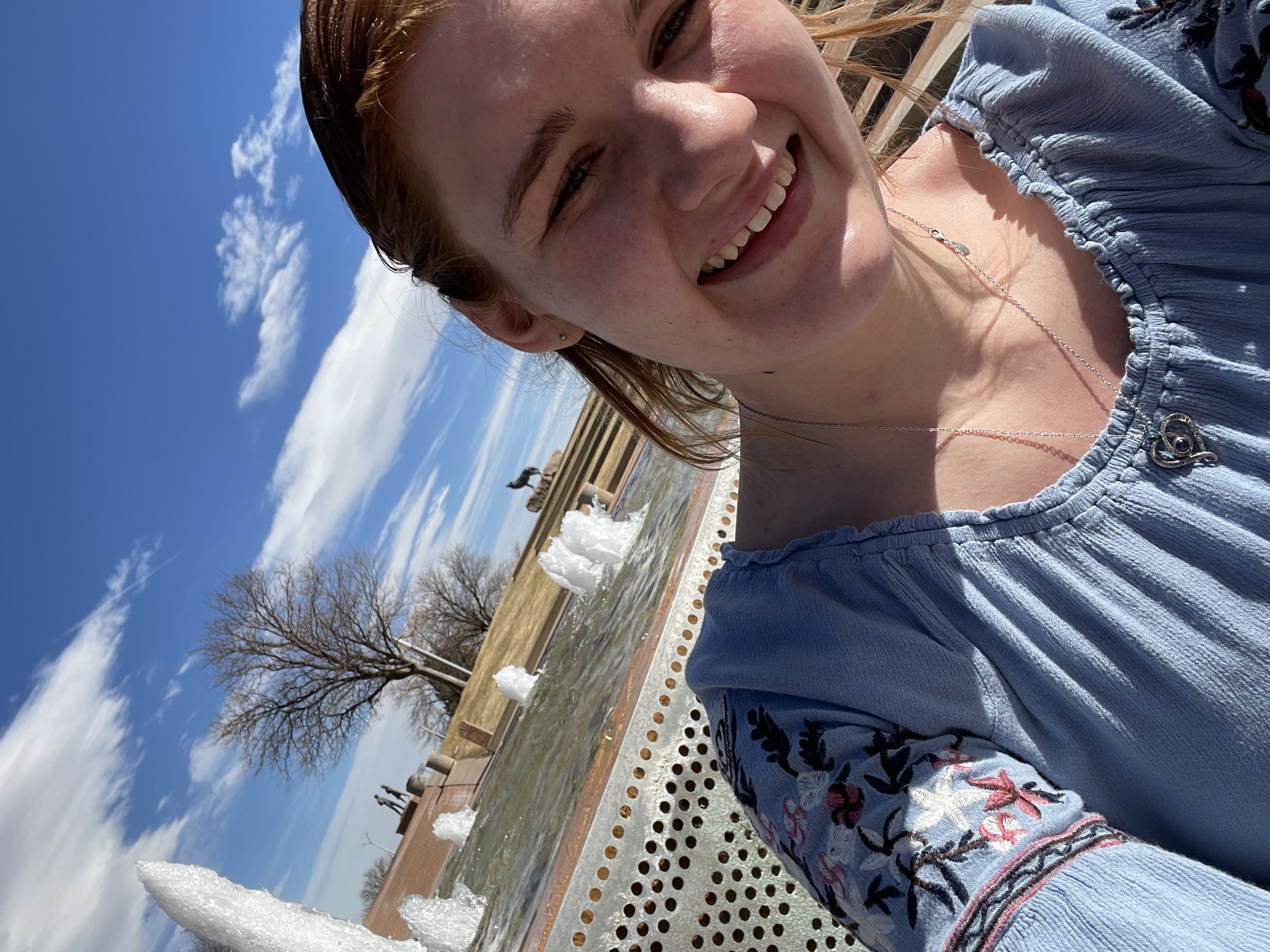Below is a summary of the abstract you submitted. Presenting author(s) is shown in bold.
If any changes need to be made, you can modify the abstract or change the authors.
You can also download a .docx version of this abstract.
If there are any problems, please email Dan at dar78@pitt.edu and he'll take care of them!
This abstract was last modified on March 16, 2021 at 7:07 p.m..

The goal of this project was to isolate and characterize novel bacteriophage that infect the bacterial host Arthrobacter globiformis using soils from Southern Colorado. The CSU-Pueblo Seaphages course isolated and purified nine different phage. Five of these have had their genome sequenced, and two of those genomes have been fully annotated and deposited in Genbank. The phage were isolated from soils rich in vegetation, under trees, or riverbank mud. Two of these phage, Adumb2043 and Prairie, have been selected for further reserch. Their host range has been found to be narrow as they are unable to generate plaques on two additional Arthobacter strains, A. atrocyaneus and A. sulfureus, under the conditions tested. In addition, based on their ability to form mesas within plaques, both these phage appear to be temperate and undergo the lysogenic life cycle, which agrees with their gene content (see below). We manually curated the genome of these two phage and analyzed their gene content, and their similarity and evolutionary relationships to already known phage. No tRNAs were identified in either genome; more than 50% of the genes in both phage had unknown functions. Adumb2047 has a gene that codes for integrase, and the genome of Prairie contains par genes, coding for a partioning system, both supporting a lysogenic lifestyle. Based on average nucleotide similarities (ANI), Adumb2043 belongs to the AZ cluster and displays similarity to the phages in this cluster with ANI being 83.35% similar. Prairie belongs to the FH cluster, a novel cluster previously unknown and with only one other phage, Bumble. Using the Basic Local Alignment Search Tool (BLAST) algorithm for analyses, the next most similar cluster to Prairie phage was AO cluster. Prairie shows a 74.8% similarity to Bumble and 60.8% similarity on average to the phage in the AO cluster. The ANI data show that Prairie has a strong correlation to Bumble and weak correlation with the AO cluster. Dot plot and phylogenetic analyses confirmed these findings. We conclude that the strong similarities of Adumb2043 to the phages in the AZ cluster supports the hypothesis that phage in this cluster have engaged in shared evolutionary events. Prairie’s relatively strong similarity to Bumble supports the hypothesis that the FH cluster has experienced gene transfer or shared evolution events, although the low number of phage in this cluster limits the amount of inferences that can be made. The low relative mean ANI of the AO cluster to Prairie supports the alternative hypothesis that the FH cluster is a stronger match although there are likely shared genes among FH and AO. Currently, we are further characterizing the properties of these two phage, including their sensitivity to environmental parameters, length of their eclipse period, and burst size. In addition, we are curating the genomes of two additional phage, Klevey and Lilmac, which incidentally, also belong to cluster FH.



